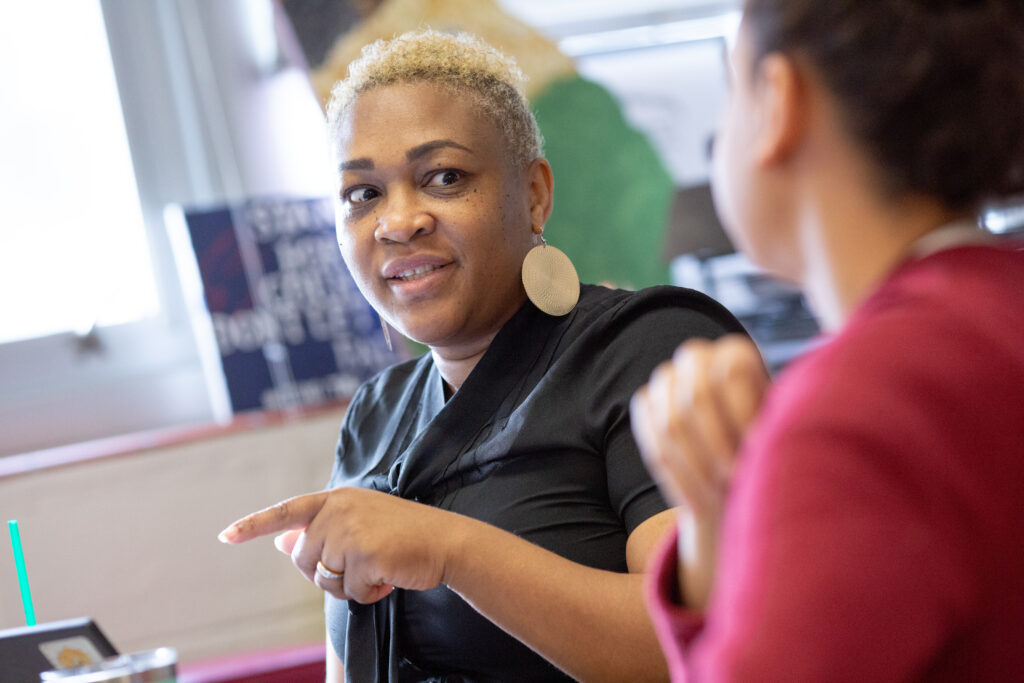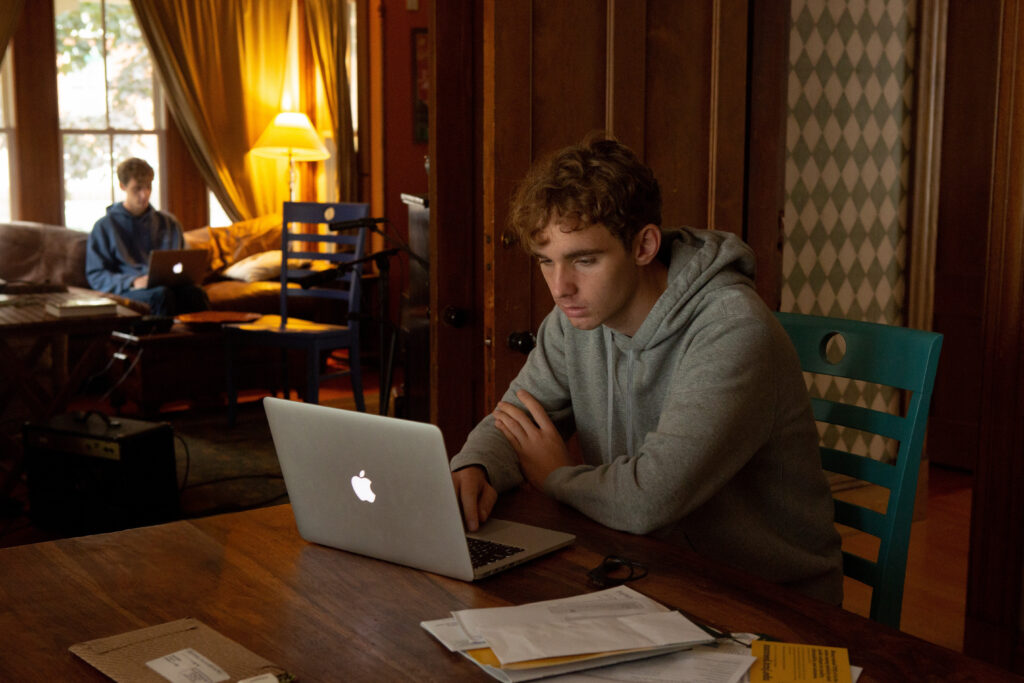Background
Historically, professionals’ preparation relied on apprenticeship field placement and internship models for applying knowledge learned in coursework to authentic professional settings.
This approach was used not only for typical and non-problematic situations but also for those that involve difficult conversations with consequences. Such experiences are idiosyncratic, resource-intensive, and risky, as inexperienced novices must implement sophisticated practices for the first time while interacting with real people in real-world settings.


Simulation
Virtual, game-based, mixed reality, and face-to-face simulation technologies that incorporate artificial intelligence (AI) and advances in psychology allow for presenting novice learners with opportunities to practice complex interpersonal interactions in a variety of challenging situations safely.
Simulation-based learning has been demonstrated to be effective in a range of domains, but little work has focused on professionals’ preparation within education, nor has it focused on enacting skilled equity-oriented practices. The UW SimLab works toward those focuses with a vision to strategically expand into adjacent domains with additional technological capability, flexibly adapting based on funding opportunities and stakeholder needs.
Methods
Conversation-Based Scenarios
The UW SimLab provides platforms and resources to integrate simulation-based learning into professional training of high-stakes and complex interactive practices that are typically learned on the job.
SimLab personnel work with instructors, researchers, and subject-matter experts to
- identify, develop, and deploy authentic conversation-based situations (“scenarios”) that allow professional learners to gain and rehearse practices, including working with different populations in different settings, and
- provide research- and evidence-based feedback and feedback tools to help professional learners and instructors and to guide instructional improvement.
Not generally included in the scope of the SimLab are training of kinetic (i.e., non-interactive) professional skills, and training of typical, non-problematic situations that can better be addressed without the use of simulation.
Tools
SimLab personnel choose the right mix of technology and technique to address the specifics of each training or assessment.
Face-To-Face
Face-to-face simulations involving live, physical enactments or role-playing scenarios to mimic real-world challenging situations

Mixed Reality
Mixed-reality simulations that blend real and virtual worlds, enabling real-time interactions with digital avatars
Virtual
Fully virtual, game-based simulations that also enable real-time interaction with digital avatars
SimLab also offers interactive formats like graphic novels and choose-your-own-path videos, which make it easier to share content widely, especially when simple visuals are enough to support learning or testing.
The team may employ recording and sensing devices to capture gaze, expression, gesture, and physiological signals, as appropriate for the given training or assessment needs.
